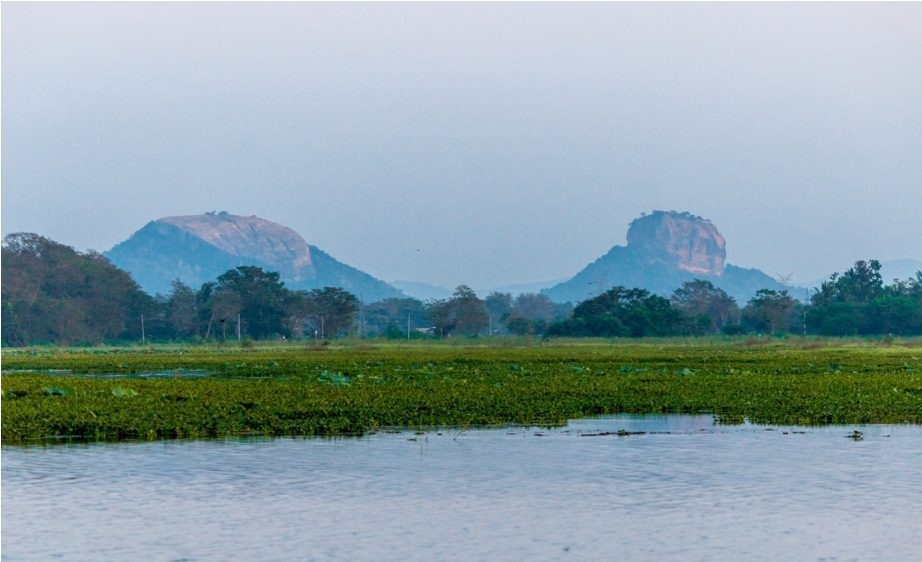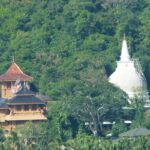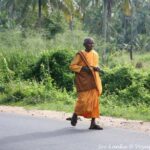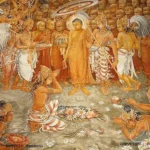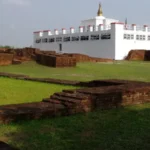For centuries, Bodh Gaya in India has been revered as the place where Prince Siddhartha attained Enlightenment under the Bodhi tree. Yet, growing evidence—textual, linguistic, archaeological, and cultural—suggests another possibility: that the true site of the Buddha’s awakening lies not in Bihar, India, but in the quiet village of Hiriwadunna, Sri Lanka.
Nestled near Habarana, surrounded by forest, caves, tanks, and ancient shrines, Hiriwadunna carries markers that align far more closely with the earliest Buddhist records than the modern Indian pilgrimage site. Through this post, we present a deep investigation into this remarkable claim.
Key Research Points
1. The Missing “Vajrasana” in Pali Texts
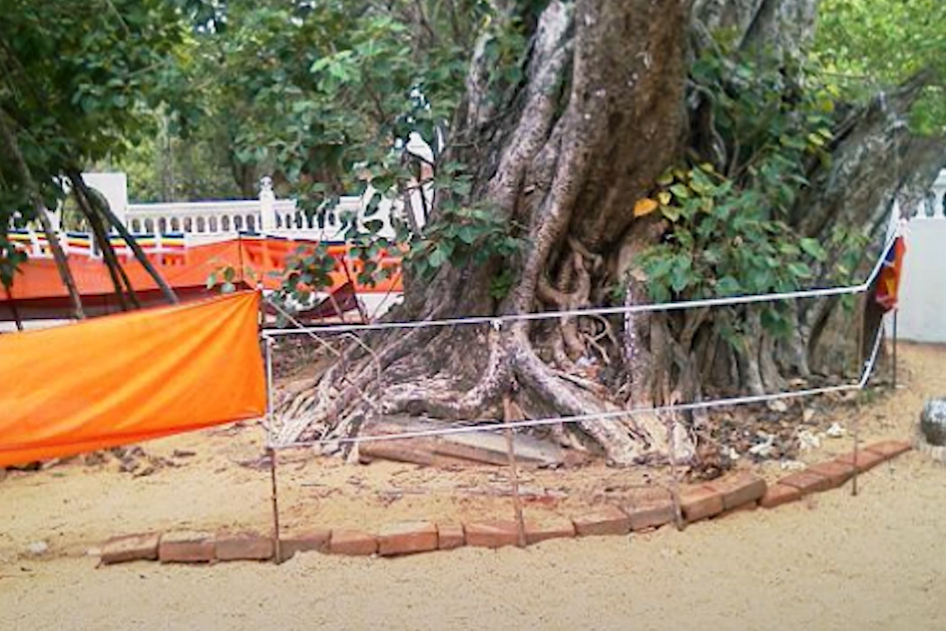
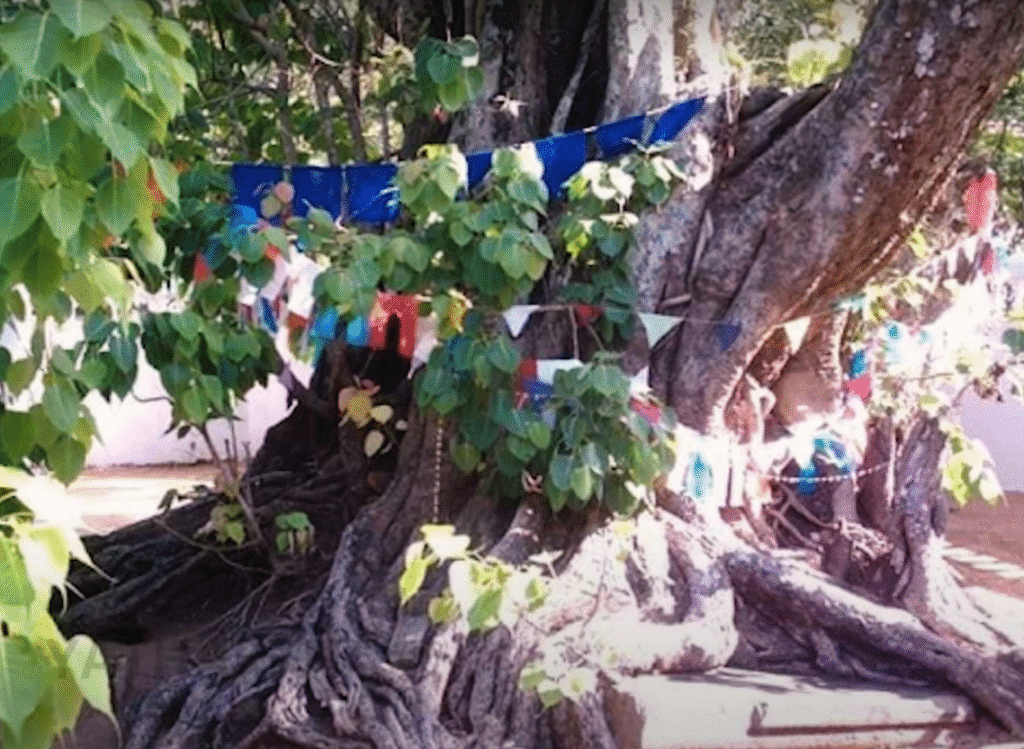
Disclaimer: Image sourced via Google Images. All rights belong to the respective copyright holders. If you are the owner of this image and would like it removed or properly credited, please contact us.
The commonly accepted name for the Buddha’s Enlightenment seat, “Vajrasana,” is absent from early Pali scriptures. This term originates from later Mahayana and Vajrayana sources, symbolizing the diamond-like indestructibility of wisdom. In contrast, the earliest texts refer to the site as “Bodhipallanka” or “Assattha rukkhamula,” showing that the traditional Theravāda view never used the name “Vajrasana.”
2. Akshobhya Buddha and the Symbolic Throne
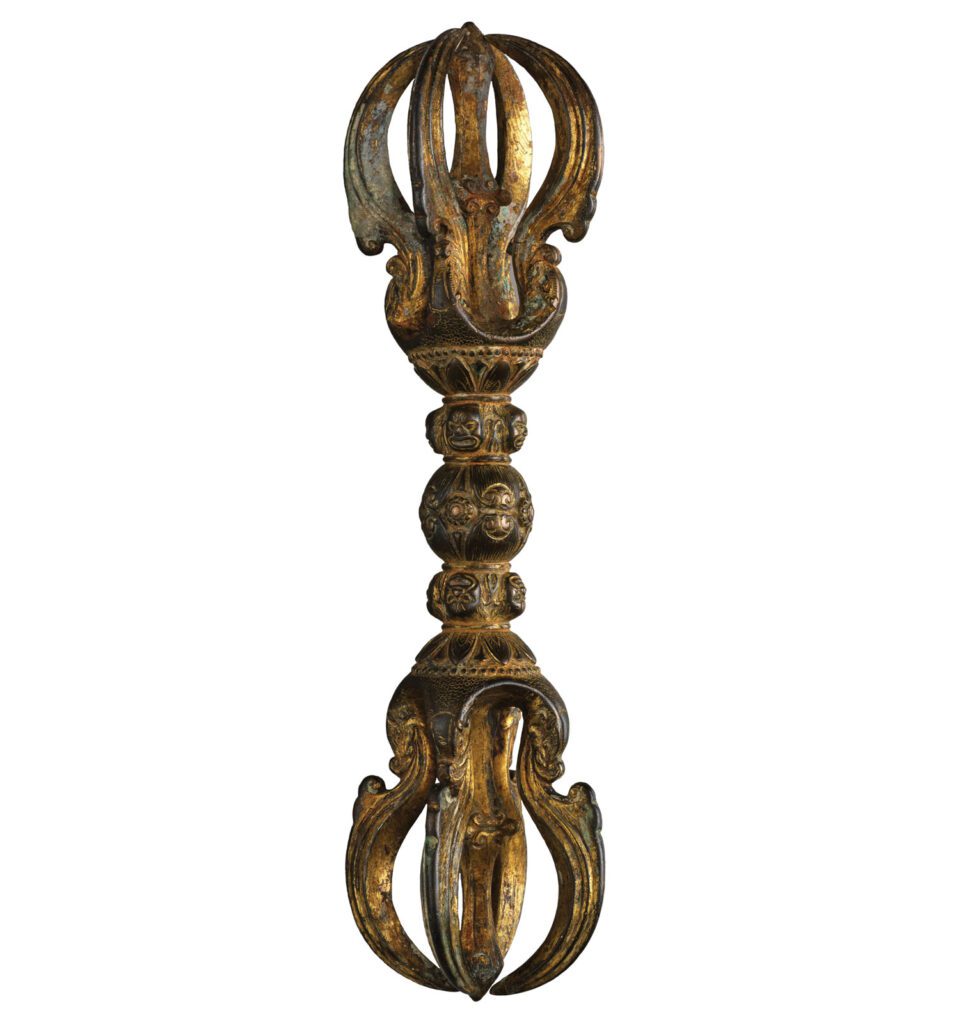
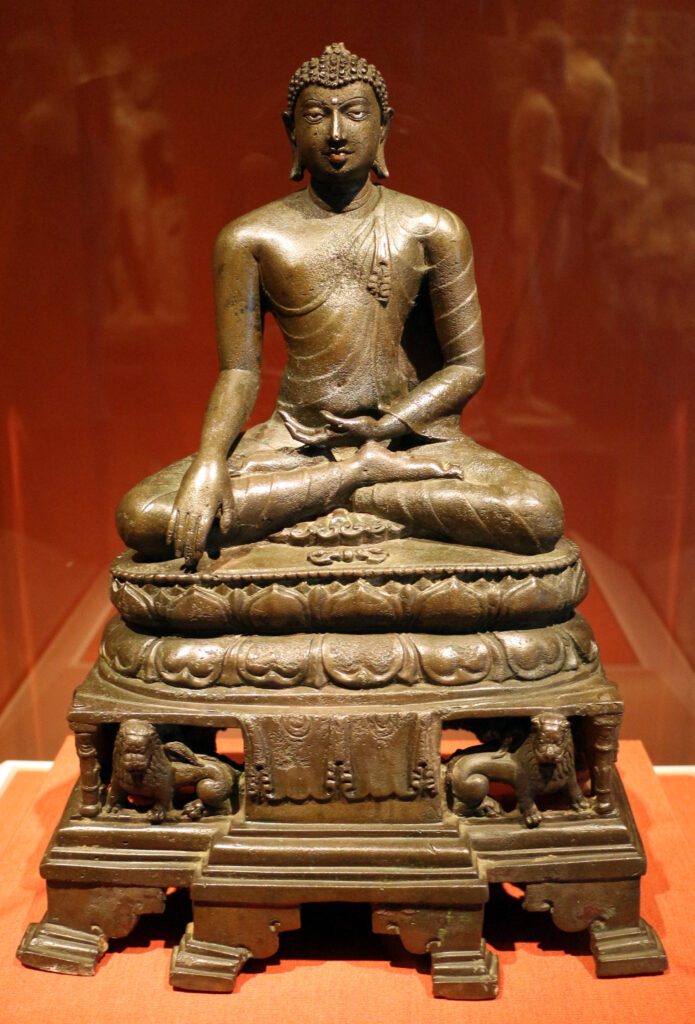
Disclaimer: Image sourced via Google Images. All rights belong to the respective copyright holders. If you are the owner of this image and would like it removed or properly credited, please contact us.
In Vajrayana iconography, the Buddha Akshobhya is often depicted seated on a vajra throne, symbolizing unshakeable wisdom. This throne is symbolic, not geographic. Its symbolic use may have influenced the later naming of Bodh Gaya as Vajrasana, casting doubt on its authenticity as a historical site.
3. Lack of Inscriptions Naming “Vajrasana”
Despite Sri Lanka’s deep Buddhist heritage, no ancient text or inscription—not even in the Mahavamsa, Dipavamsa, or Saddharmaratnavaliya—mentions a site called “Vajrasana.” Inscriptions of Ceylon also lack any reference to this term. Instead, they use Bodhipallanka, further affirming that the idea of a “Vajrasana” is a later Indian construct.
4. Suppressed Seat: Archaeological Avoidance in Hiriwadunna

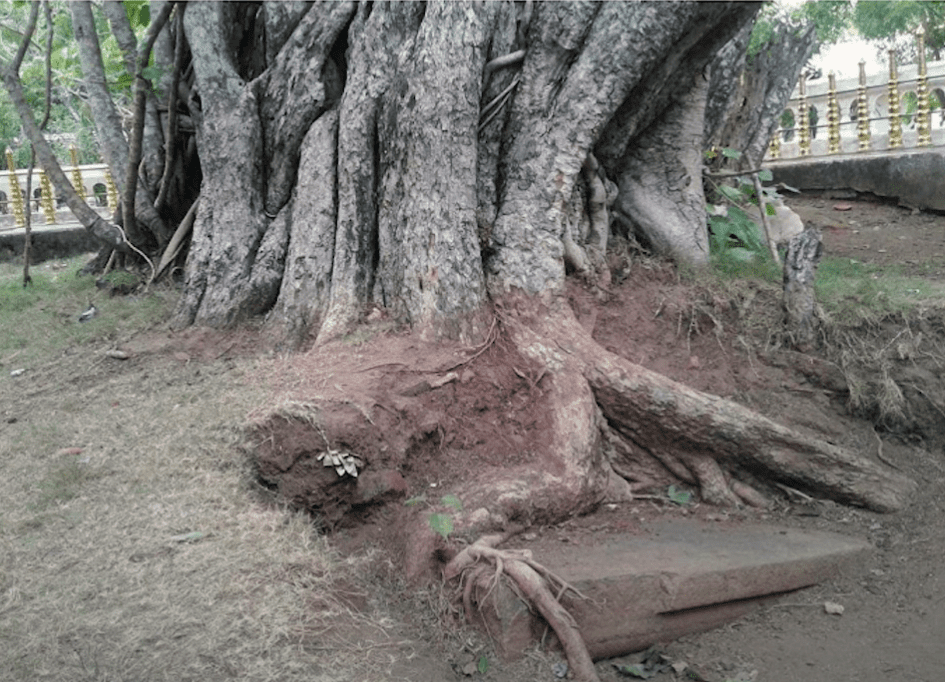
Disclaimer: Image sourced via Google Images. All rights belong to the respective copyright holders. If you are the owner of this image and would like it removed or properly credited, please contact us.
A black stone seat entwined with Bodhi tree roots at Hiriwadunna was once covered in soil by monks. When cleared due to interest from the Buddha of Lanka theory, the Department of Archaeology dismissed it as a recent feature without further investigation—even though they never studied the seat itself. This suggests intentional avoidance of alternate narratives.
5. Chinese Pilgrims, Kashyapa Thero & Sigiriya (Gurulu Pada)
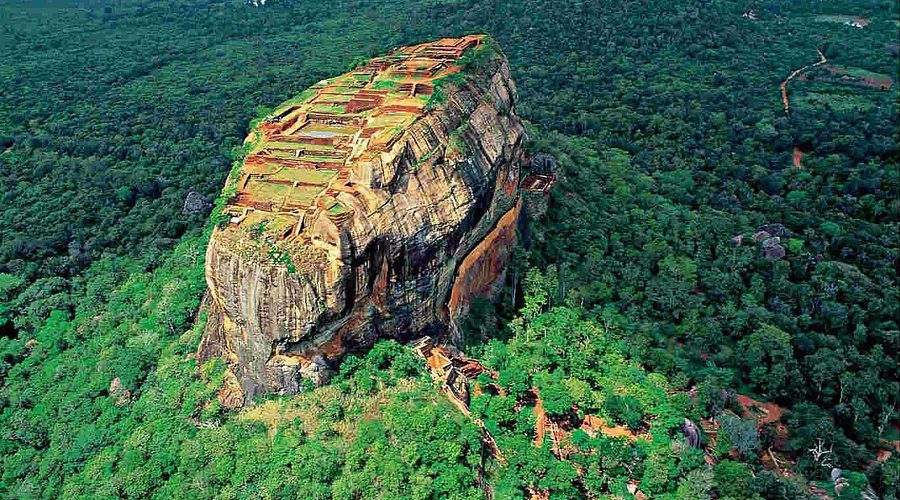
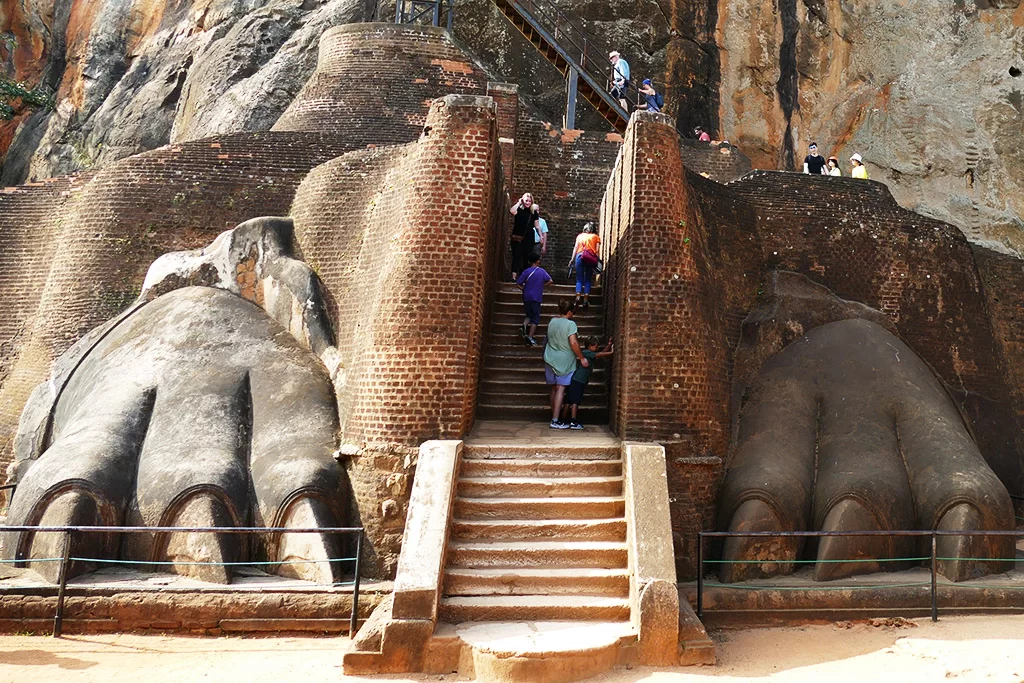
Disclaimer: Image sourced via Google Images. All rights belong to the respective copyright holders. If you are the owner of this image and would like it removed or properly credited, please contact us.
Ancient Chinese monk Xuanzang described a mountain north of the Enlightenment site called “Kukkutapadagiri” (Cock’s Foot Mountain), linked to a monk named Kashyapa. This perfectly matches Sigiriya: a tall rock with claw-like stone feet and a strong local connection to King Kashyapa and potentially a Thero with the same name. Sigiriya sits north of Hiriwadunna, just as described.
6. Local Toponyms: Hiriwadunna, Budun Unne Gama, Maminiya Korale
Place names around Hiriwadunna preserve ancient memory. “Hiriwa-dunna” means “where the monk stayed.” “Budun Unne Gama” means “village where the Buddha stayed,” and “Maminiya Korale” means “region where the Buddha came.” These names aren’t found in ancient texts, but have survived through living oral tradition, which is often more reliable than colonial-era rebranding.
7. Cave Tradition: Tapassu & Bhalluka Met Buddha Near Budun Unne Gama
One of the earliest recorded interactions after Enlightenment is the Buddha giving a hair relic to the merchants Tapassu and Bhalluka. Local tradition in Budun Unne Gama, which features a large meditation cave, claims this is the place the exchange occurred before the relics were enshrined at Girihandu Seya. This offers a geographical anchor to an ancient event.
8. Naga Pillars, the Stream & the “Kiribath-Gala” Shrine
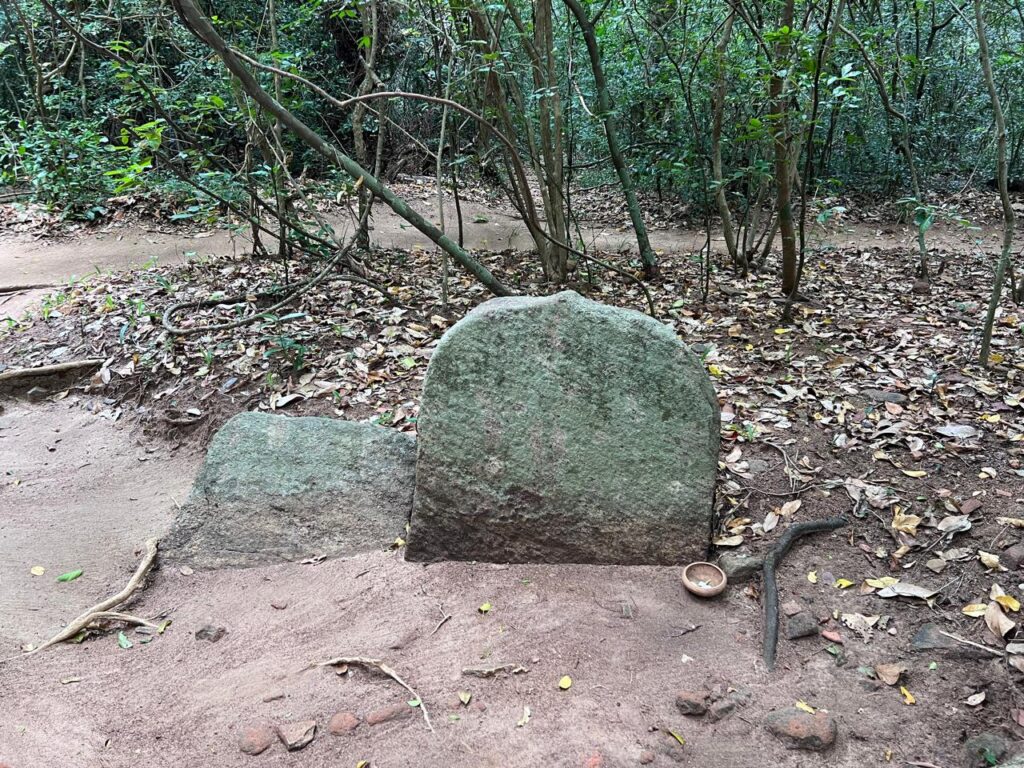
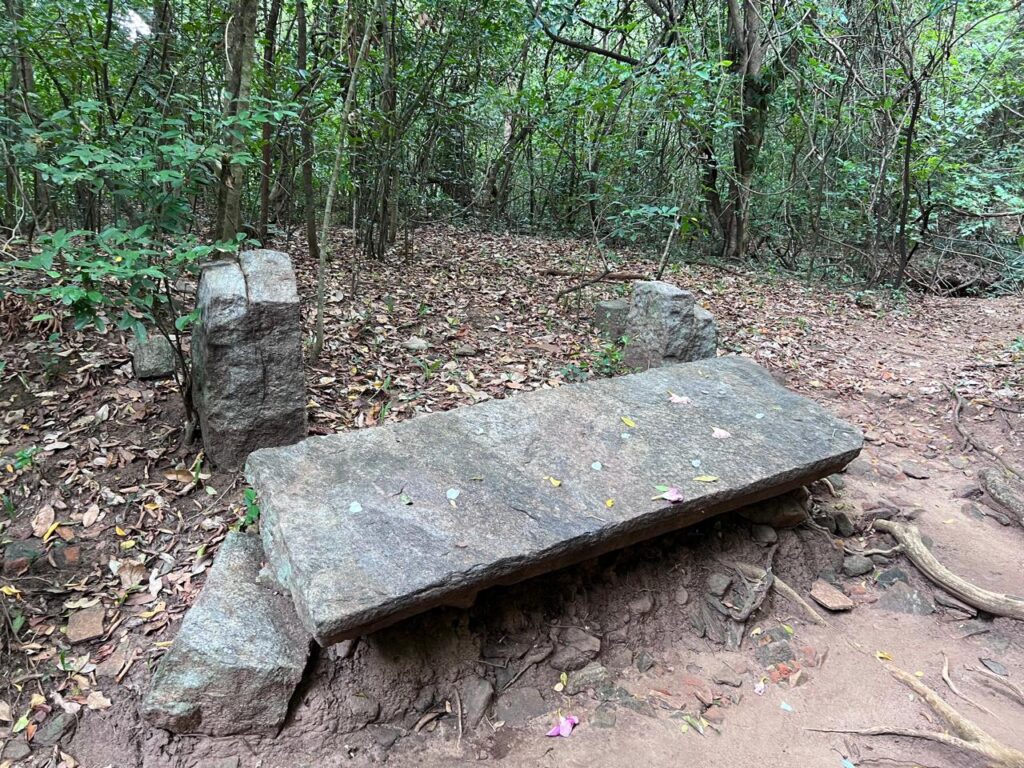
A second stone seat beside a stream and a worn pillar carved with a Naga motif stand near the main Bodhi site. This matches the story of Naga King Muchalinda sheltering the Buddha in the sixth week. The stream aligns with the river “Neranjara,” and the nearby seat is still called “Kiribath-Gala” (milk rice rock), marking the spot where Sujātā offered milk rice.
9. Naga Stele Parallels: Polonnaruwa, Naigala, Pitipana

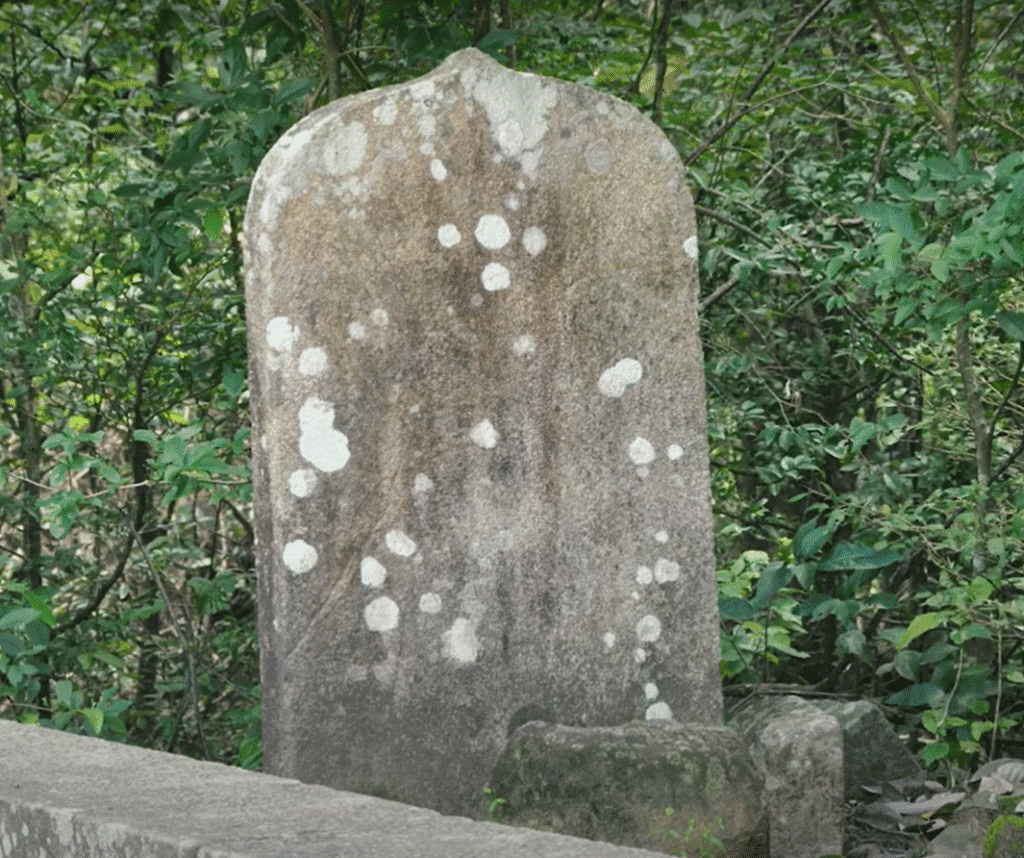
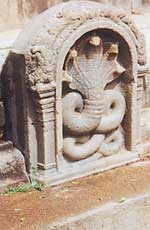
Disclaimer: Image sourced via Google Images. All rights belong to the respective copyright holders. If you are the owner of this image and would like it removed or properly credited, please contact us.
Similar naga-pillars and motifs appear in Polonnaruwa Vatadage, Naigala Raja Maha Viharaya, and Pitipana Viharaya. These show a consistent pattern of using naga symbols to guard sacred sites, particularly those near water. The Hiriwadunna naga stone fits well within this cultural and architectural framework.
10. Sujātā’s Offering in the Pali Canon: Pāyāsa
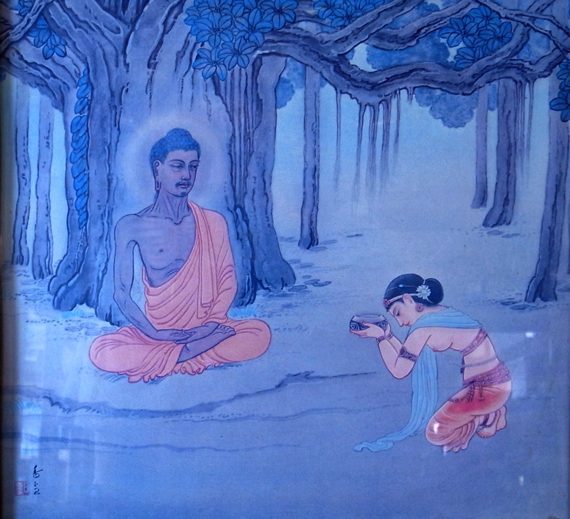
Disclaimer: Image sourced via Google Images. All rights belong to the respective copyright holders. If you are the owner of this image and would like it removed or properly credited, please contact us.
The Pali Canon records Sujātā offering “pāyāsa” (milk-rice), not “kheer” or “kiribath.” In the Udāna 5.10, the Buddha washes his bowl of pāyāsa after his meal. Commentaries add the term “madhupāyāsa” (milk-rice with honey). Sinhala “kiribath” is a direct continuation of this offering tradition, and the presence of “Kiribath-Gala” near Hiriwadunna aligns with this story.
11. No Competing Site in India Matches the Landscape
Modern Bodh Gaya is flat, urban, and lacks any mountain like Kukkutapadagiri. There is no Naga river, no Gurulu Pada, and no oral tradition in the landscape. The site became prominent mainly due to colonial archaeology and discredited figures like Alois Führer.
Comparison Chart: Hiriwadunna vs Bodh Gaya
This comparison chart highlights how Hiriwadunna, not Bodh Gaya, aligns with the spiritual geography described in ancient texts. The evidence spans language, archaeology, oral tradition, and topography.
| Feature | Hiriwadunna (Sri Lanka) | Bodh Gaya (India) |
|---|---|---|
| Mention of “Vajrasana” in Early Texts | ❌ Not used, aligns with Pali term Bodhipallanka | ✅ Used, but only in Mahayana/Vajrayana texts (later additions) |
| Rock Mountain North of Site (Kukkutapadagiri) | ✅ Sigiriya (Gurulu Pada) north of site, visible by eyeshot | ❌ No prominent mountain nearby |
| Local River Identified as Neranjara | ✅ Small river beside Kiribath-Gala, fits Pali description | ❌ Modern Phalgu river identified without textual basis |
| Kiribath-Gala (Milk Rice Offering Site) | ✅ Exists and still venerated; links to Sujātā story | ❌ No preserved site for Sujātā’s offering |
| Stone Seat Under Bodhi Tree | ✅ Ancient black stone seat exists; partially buried | ✅ Ashokan-style Vajrasana built centuries later |
| Naga Symbolism (Muchalinda Week) | ✅ Naga stone pillar and stream nearby | ❌ Naga imagery present in art, but not supported by site features |
| Local Place Names Linked to Buddha | ✅ Hiriwadunna, Budun Unne Gama, Maminiya Korale | ❌ No place names with direct reference to Buddha’s presence |
| Oral Tradition Preserved | ✅ Strong, continuous monastic memory | ❌ Broken tradition, revived only post-colonial archaeology |
| Chinese Pilgrim Descriptions Match | ✅ Mountain, monk Kashyapa, sacred direction all align | ❌ Inconsistent with Chinese monks’ geographic notes |
| Colonial Archaeology Influence | ❌ Local continuity; not rediscovered by colonials | ✅ Site declared during British period (19th c.) |
| Ongoing Monastic Use | ✅ Forest hermitage still active | ✅ Active monastery, but heavily touristic and urbanized |
Full Reference List
- Udāna 5.10 – Enlightenment and pāyāsa washing
- Xuanzang’s Records – Kukkutapadagiri and monk Kashyapa
- Mahavamsa, Dipavamsa – traditional Theravāda records
- Inscriptions of Ceylon – no “Vajrasana” found
- Pali Lexicon: pāyāsa = milk-rice
- Oral traditions: Hiriwadunna, Maminiya Korale, Budun Unne Gama
- Archaeological comparisons: Sigiriya, Polonnaruwa, Naigala, Pitipana
Space for Future Research
This investigation is ongoing. The following areas merit further exploration:
- Geological and carbon testing of the Kiribath-Gala and black seat
- Translation of Xuanzang’s full descriptions from Chinese sources
- Identification of Sujātā’s village through historical tank and field names
- Broader linguistic mapping of place names matching early Pali narratives
The journey to reclaim the true geography of the Buddha’s life is only just beginning. Hiriwadunna may hold the key to reawakening the world to a forgotten truth.
